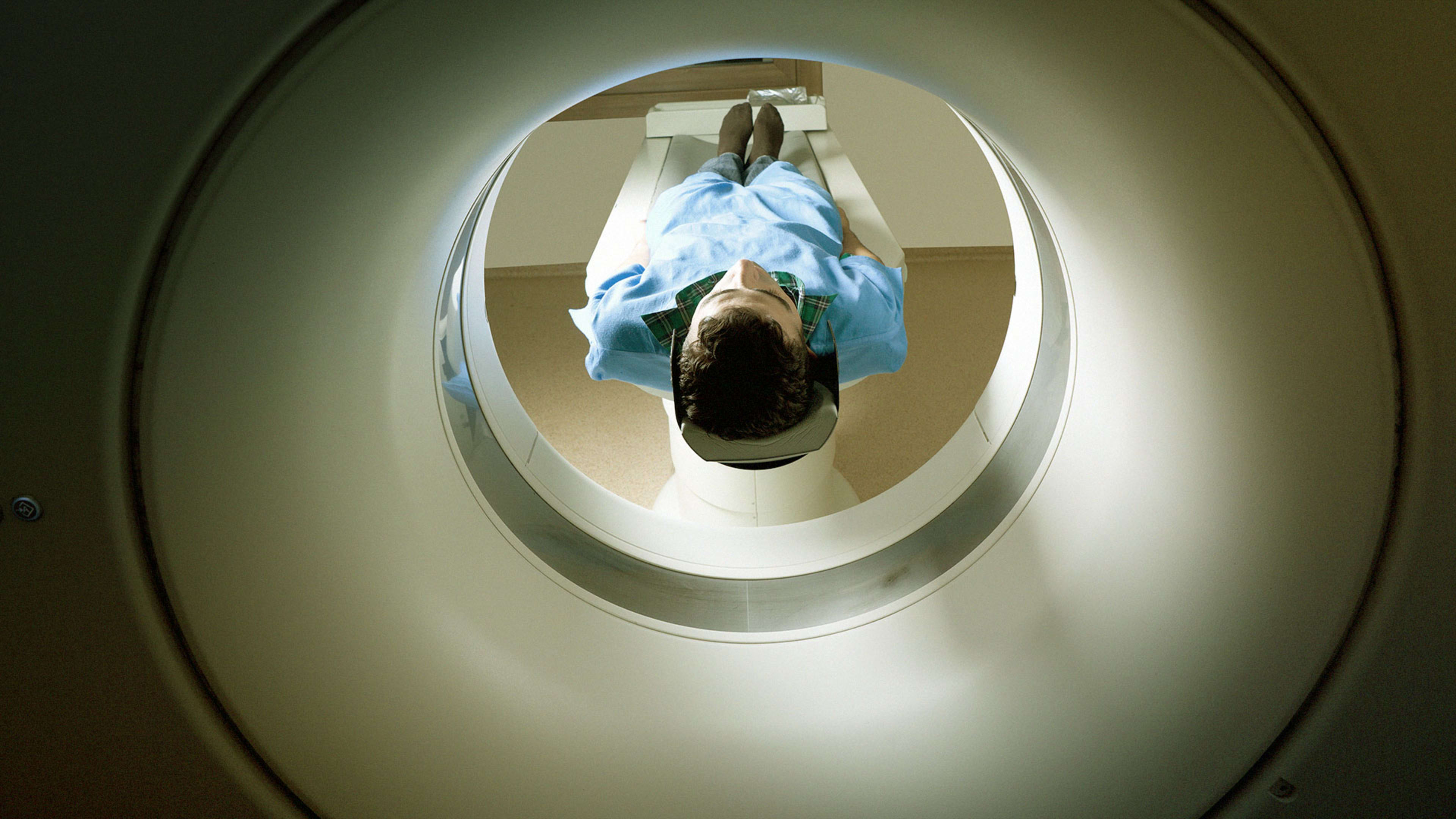Medical devices–MRI machines, PET scanners, mammography machines–are huge, expensive devices purchased by large hospitals. They’re not something with which the average consumer interacts, except when getting a scan; when you do, you don’t know or particularly care whether it was made by GE, or Siemens, or Phillips. You just know that you’re having a pretty unpleasant interaction with a large machine that could potentially tell you devastating news about your health.
But when GE approached branding and design agency Sub Rosa to ask for help in boosting its medical device business–specifically in terms of mammography machines–the agency told them to focus beyond the device and the hospitals buying it. Instead, focus on the people.
The agency founder and CEO Michael Ventura says, always tries to come from a place of empathy. Instead of sitting in a room with just employees, “Get out of the room, get out of your own head, and get into the minds of the people you’re trying to reach,” he says, speaking at the Fast Company Innovation Festival. In this case, that meant opening up a public space in New York where Sub Rosa employees could speak with people during every stage of the process, especially the women who were actually getting the mammograms.
The number one complaint, from nearly all of those women, was the pain of the procedure. But they discovered that the entire process, from the cold temperature of the room to the poorly constructed gown, all affected the perceptions of the procedure. All these things, Ventura says, could be fixed: “We’re going to talk to you differently, like you’re a participant in your own health . . . we’re going to give you a better gown. The room’s going to be a better temperature. The art on the wall will be better. Everything is considered a little differently, just to build a different type of experience.”
They took these ideas to Sloan Kettering and had the hospital bring back women who had received a mammogram 60 days ago, to go through a fully redesigned process. One hiccup: The reason the rooms are cold is because the mammography machines are designed to work at unpleasantly cool temperatures. After some haggling with GE engineers, Sub Rosa determined that a warmer room wouldn’t affect the results. “The engineers had optimized it for the machine, not the patient.”
Once the women had run through the same process with the new design–including the warmer room–the results were significant: Now less than half of the women complained of pain. “The machine still hurt,” says Ventura, “but everything else around them–using empathy, using this idea of softening the experience and connecting with what was really meaningful–decreased the complaints of pain almost by half.” The study also found that, when the women were relaxed, the machine was able to diagnose breast cancer more accurately, because the relaxed tissue was easier to image.
Now, as a result, GE is selling more than just the machines, but entire women’s clinics around the machines, designed to create a better experience for the patients. It’s since worked with multiple hospitals to prototype and test these new clinics. “Since then GE has put empathy at the center of their medical business,” says Ventura. “The CEO of the medical business says the core driver of its growth is using empathy to solve problems differently.”
Recognize your brand’s excellence by applying to this year’s Brands That Matter Awards before the early-rate deadline, May 3.
